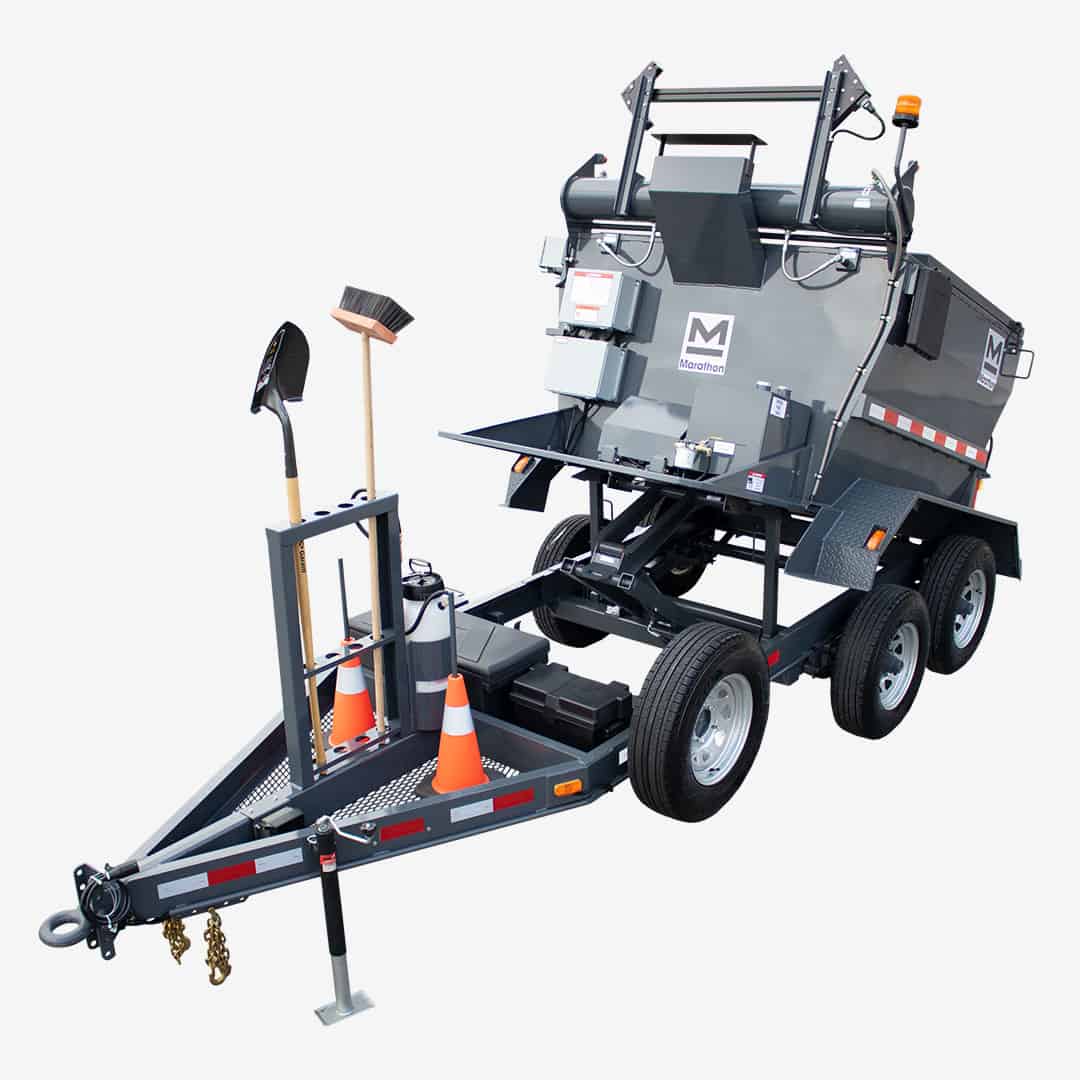Hot Mix Asphalt: The Structure for Safe and Secure Angled Parking Lots
Hot Mix Asphalt: The Structure for Safe and Secure Angled Parking Lots
Blog Article
Unlocking the Tricks of Hot Mix Asphalt Innovation
Checking out the midsts of hot mix asphalt innovation discovers a globe where specific solutions and thorough procedures assemble to shape our roads and framework. The combination of fillers, accumulations, and binders isn't simply a construction task but a tactical orchestration of resilience and efficiency. As we peer right into the detailed dancing of elements, a tapestry of resilience and sustainability unravels. Yet what exists underneath this surface of asphaltic proficiency, and what keys wait to be revealed in the realm of leading advancements?
Value of Hot Mix Asphalt
Hot Mix Asphalt plays a vital duty in modern-day framework growth due to its durability and cost-effectiveness. As the most typically used paving material for roadways, highways, and vehicle parking great deals, Warm Mix Asphalt uses a variety of advantages that contribute to its significance in building projects.
The resilience of Hot Mix Asphalt stems from its composition, which includes accumulations, binder, and filler products that are very carefully chosen and mixed to satisfy certain performance requirements. This precise combination causes a solid and versatile sidewalk that can withstand constant usage without substantial deterioration. Hot Mix Asphalt is 100% recyclable, further boosting its sustainability and ecological benefits. Overall, the relevance of Hot Mix Asphalt in infrastructure growth can not be downplayed, as it remains to be a foundation of contemporary construction techniques.
Components of Asphalt Mixes
The composition of asphalt mixes consists of meticulously selected aggregates, binder, and filler materials that are critical for attaining specific performance demands. Aggregates are the main element of asphalt mixes, giving toughness and security. The binder, typically bitumen or asphalt cement, holds the aggregates together and provides flexibility and sturdiness to the mix.
The mix and proportion of these elements play a substantial duty in establishing the quality and performance of the asphalt mix. Engineers carefully design the mix to meet certain needs, taking into consideration variables like website traffic quantity, climate conditions, and pavement lifespan. Appropriate choice and balancing of accumulations, binder, and fillers are essential for developing sturdy, resilient asphalt sidewalks.
Mixing and Production Strategies

As soon as the accumulations are selected, the binder, commonly asphalt cement, is added to bind the materials with each other. The binder's top quality and amount dramatically influence the mix's flexibility, strength, and resistance to environmental factors. Furthermore, fillers like hydrated lime or Portland concrete may be integrated to improve particular qualities of the asphalt mix, such as its workability or moisture resistance.
During production, the aggregates and binder are warmed, normally between 250-325 ° F(121-163 ° C ), to facilitate blending and make sure appropriate covering of the aggregates. The blending process must be thorough to attain a homogeneous mixture that advertises the preferred performance features of the asphalt. Different techniques, such as set mixing or drum blending, are employed to attain consistent and high-quality asphalt blends for building and construction projects.
Variables Affecting Asphalt Efficiency
Elements affecting asphalt efficiency incorporate a variety of variables that influence the toughness, longevity, and general quality of asphalt sidewalks. One essential variable is the high quality of materials used in the asphalt mix. The kind and source of accumulations, the binder quality, and the ingredients all play a significant duty in identifying the efficiency of the asphalt sidewalk. The gradation of aggregates is critical as it affects the mix's workability, resistance, and security to rutting and fracturing.

Style considerations, such as pavement density and drainage, are crucial in guaranteeing the long-lasting efficiency of the asphalt sidewalk. By carefully considering these contractors, engineers and variables can maximize asphalt efficiency and boost the service life of pavements.
Lasting Practices in Asphalt Modern Technology

In addition, the advancement of warm-mix asphalt (WMA) innovations has gained grip over the last few years. WMA allows for the manufacturing and positioning of asphalt mixes at lower temperature levels compared to traditional hot-mix asphalt, causing minimized energy intake and greenhouse gas discharges. Furthermore, using porous asphalt mixes can assist reduce stormwater drainage problems by permitting water to infiltrate with the sidewalk and right into the ground, advertising natural water filtration and reenergize processes. By applying these lasting methods, the asphalt industry can add to building a much more eco friendly and resistant infrastructure network.
Conclusion
To conclude, warm mix asphalt innovation plays an essential function in modern facilities growth due to its longevity and cost-effectiveness. By very carefully stabilizing parts, utilizing correct blending techniques, and thinking about different aspects, engineers can develop high-grade asphalt mixes that stand up to rush hour loads and rough climate condition. Embracing sustainable techniques, such as making use of recycled products and warm-mix technologies, even more boosts the environmental friendliness of asphalt innovation.
Mixing and production methods in warm mix asphalt modern technology include the specific mix and handling of aggregates, binder, and fillers to develop a resilient and high-performance asphalt mix.Variables affecting asphalt performance encompass an array of variables that affect the sturdiness, longevity, and total high quality of asphalt sidewalks. Sustainable practices in asphalt innovation encompass numerous initiatives intended at decreasing the ecological effect of asphalt manufacturing and paving processes. By including recovered asphalt sidewalk (RAP) and recycled asphalt shingles (RAS) right into new asphalt blends, the industry can dramatically decrease the intake of raw materials and power, while also reducing land fill waste.
WMA enables for the manufacturing and positioning of asphalt blends at lower temperatures contrasted visit here to conventional hot-mix go to this website asphalt, resulting in lowered energy usage and greenhouse gas exhausts.
Report this page